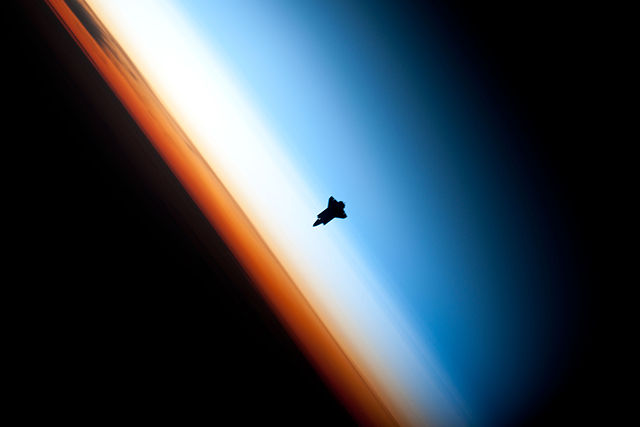The bacteria that live inside hurricanes

Seven miles above the Earth’s surface, where the weather is born, lies the troposphere – the lowest layer of Earth’s atmosphere. Up there, where the clouds dance around, are bacteria that can make it rain, and are important for the formation of clouds.
The atmospheric microbiome is a concept and field of study that is gaining importance. As we come to grips with a changing climate and environment, understanding more and more our Earth ecosystem remains vital. With hurricane damage in the US and elsewhere seemingly on an exponential increase in recent decades, it is important to mitigate for the worst. It can cost as much as $1 million per square mile for evacuation preparations alone.
In 2010, NASA embarked on one of its largest hurricane research efforts — GRIP (Genesis and Rapid Intensification Processes). The objective was to better understand and characterise how tropical storms form and develop into major hurricanes. With a fleet of aircraft, ground-based instruments, computer models, and satellites, over a period of 6 months, GRIP collected all kinds of data on the nature, structure, dynamics, and motion of hurricanes. Invaluable data. They also collected one other thing — the microorganisms in the atmosphere.
The problem previously, had always been the difficulty in gathering enough microbial biomass to study. And previously, most samples have comes from areas too close to the Earth’s surface to really mean anything. GRIP took things one step further — high-altitude. Over the course of 9 flights across America, the Gulf of Mexico, the Atlantic Ocean, and the Caribbean, GRIP collected bacterial and fungal samples to be analysed. Enough to answer the question: Where does the bacteria in the atmosphere come from? Authors, publishing in the Proceedings of the National Academy of Sciences (PNAS) today give a picture of the composition of the high-altitude (around 10 kilometres above sea level) bacterial and fungal flora, but also what that picture looks like in the aftermath of a hurricane.
The bacteria that swirl around in the air originate from different areas across the Earth’s surface it seems. The organisms they sampled originated from almost all habitats (ocean, soil, freshwater… etc as they put it). Hurricane samples had a higher abundance of marine bacteria, and only in the hurricane samples was there “a substantial signal of bacteria known to be associated with human and animal feces” — microorganisms such as Escherichia and Streptococcus (as a result of Hurricane Earl passing over populated areas).
The microorganism compositions of the troposphere are similar depending on when and where they are collected. But after a hurricane, this changes. When a hurricane hits, there are large numbers of new microbes that are aerosolized — brought aloft by their winds. And this remains for some time after the hurricane has passed.
The authors were not able to determine what proportion of the microorganisms were pathogens — although most of the airborne cells were viable, living happily miles above the Earth’s surface. Not quite extremophiles, but definitely inhabiting an environment that is outside the norm — tolerating UV, dryness, low oxygen, and the large concentrations of oxidants way up there.
The bacteria and the fungal populations of the troposphere are a substantial part of the air-ecosystem, and not just as a result of hurricanes blowing through and kicking up what lies beneath. Across geographically distant locations the same microbes appeared in all samples. Like the blood that runs through veins, these are the microorganisms that run through the atmosphere — representing the microbiome of the middle and upper troposphere.
Image — source
 Follow
Follow
3 thoughts on “The bacteria that live inside hurricanes”
Comments are closed.